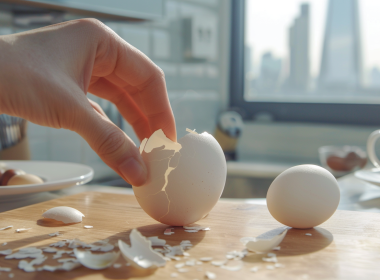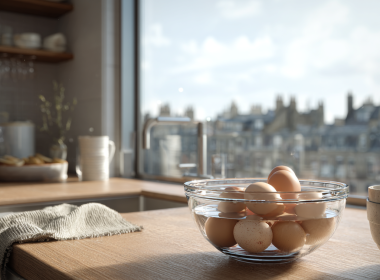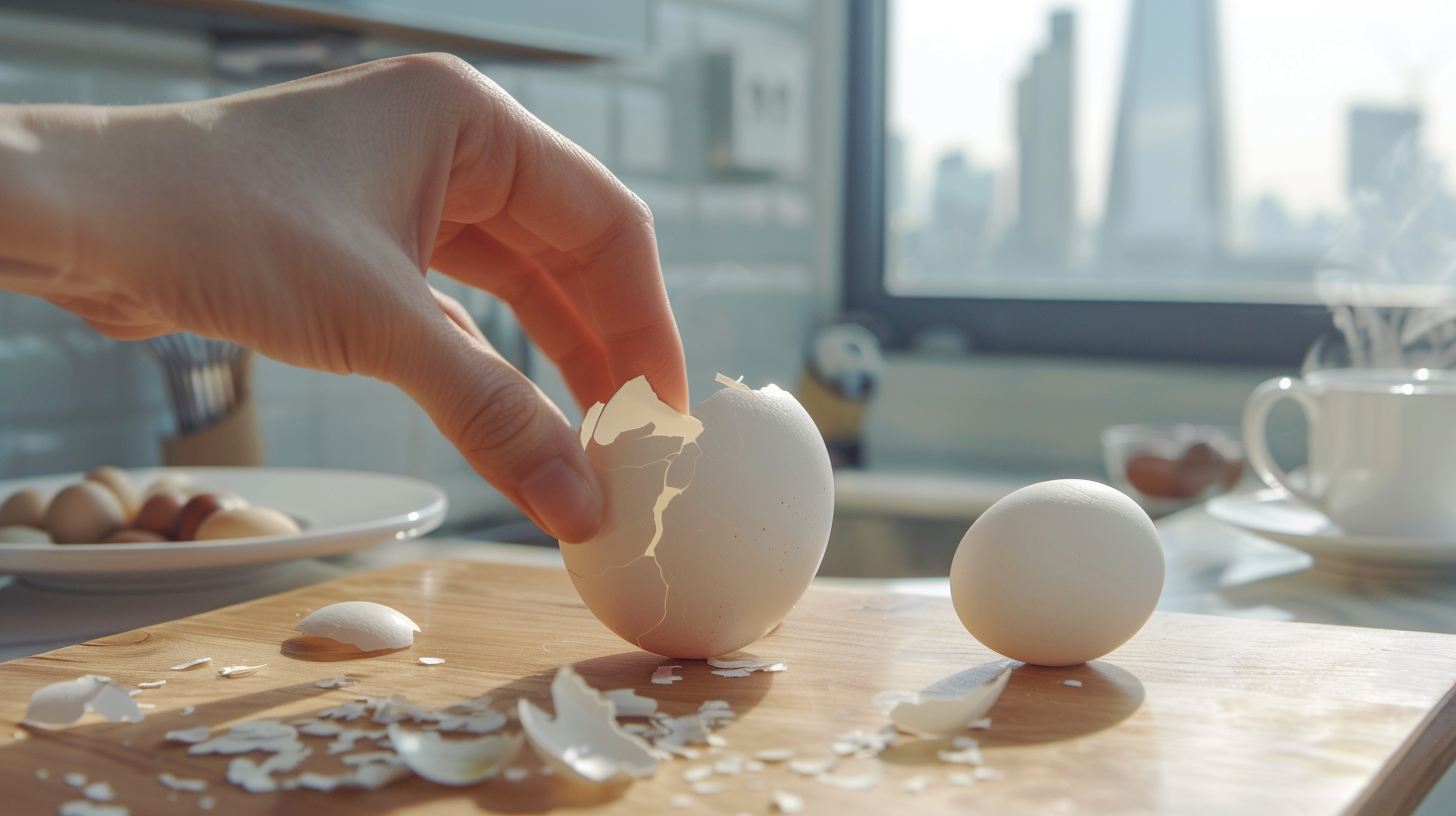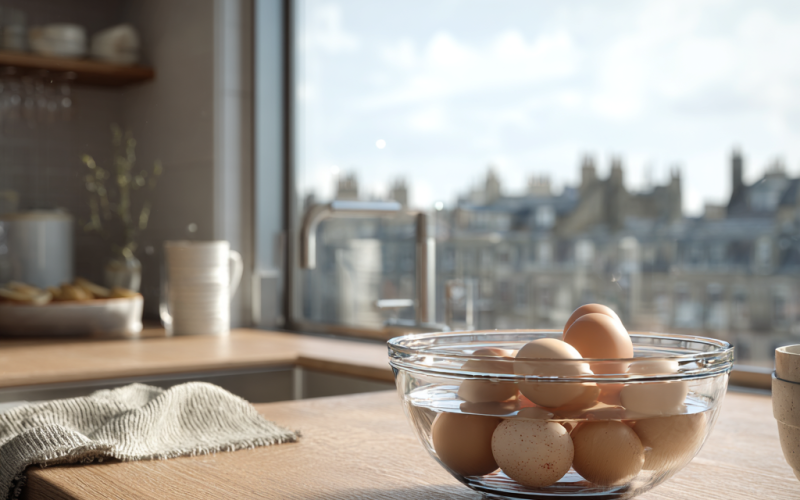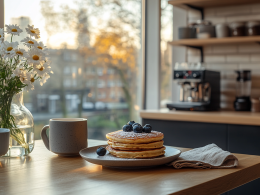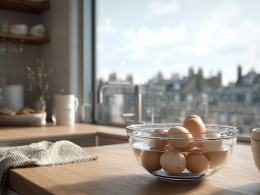The Best Way to Peel Hard-Boiled Eggs: Foolproof Tips for Perfect Results
Hard-boiled eggs are a breakfast staple, a protein-packed snack, and a versatile ingredient for countless recipes, from deviled eggs to egg salads. But if you’ve ever struggled with peeling them without losing half the egg white in the process, you know how frustrating it can be. The good news? There are simple, proven methods to make peeling hard-boiled eggs effortless. In this guide, we’ll explore the best ways to peel hard-boiled eggs, why some eggs are trickier than others, and tips for achieving smooth, flawless results every time.
Why Are Some Eggs Hard to Peel?
Peeling hard-boiled eggs can be surprisingly tricky due to a few factors:
- Egg Freshness
- Super fresh eggs are harder to peel.
- Older eggs, typically 7–10 days old, peel more easily because the pH level of the egg white increases over time, reducing its ability to stick to the shell.
- Cooking Method
- Overcooking causes the whites to become rubbery and stick to the membrane.
- Undercooking results in soft whites that tear easily.
- Cooling Process
- Eggs that aren’t cooled quickly after boiling tend to cling to their shells.
Knowing these factors helps you understand why using the right technique matters for perfect peeling.
Step-by-Step: The Best Way to Boil and Peel Eggs
Step 1: Choose the Right Eggs
- Use eggs that are at least a week old for the easiest peeling.
- Store them in the refrigerator to maintain quality.
Step 2: Boil the Eggs Properly
- Place eggs in a single layer in a pot.
- Fill with cold water until the eggs are covered by about 1 inch.
- Add 1 teaspoon of salt or a splash of vinegar to help loosen the shells.
- Bring the water to a gentle boil, then reduce to a simmer.
- Cook for 10–12 minutes for fully hard-boiled eggs.
Step 3: Shock in an Ice Bath
- Immediately transfer the eggs to a bowl of ice water.
- Let them sit for 5–10 minutes.
- This stops the cooking process and contracts the egg whites, making the shell easier to remove.
Step 4: Roll and Crack for Easy Peeling
- Gently tap the egg on a hard surface to crack the shell.
- Roll the egg lightly under your palm to create a web of cracks.
- Start peeling from the wide end where the air pocket is located.
Bonus Tip: Peeling under running water helps wash away any tiny shell fragments.
Alternative Methods for Effortless Egg Peeling
- Steam Method
- Steam eggs for 12–14 minutes instead of boiling.
- Steaming helps separate the membrane from the egg white, making peeling much easier.
- Shake Method
- Place a few eggs in a container with water.
- Cover and shake gently until the shells are cracked.
- This method loosens the shells quickly for peeling in seconds.
- Baking Soda Trick
- Add ½ teaspoon of baking soda to the boiling water.
- The alkaline environment helps prevent sticking.
Common Mistakes to Avoid
- Using very fresh eggs – Save those for poaching instead.
- Skipping the ice bath – Cooling quickly is the secret to easy peeling.
- Peeling too early – Let the eggs rest in cold water for a few minutes before peeling.
Why Perfectly Peeled Eggs Matter
Perfectly peeled hard-boiled eggs are not only visually satisfying but also essential for certain dishes like deviled eggs or egg platters. Smooth, unbroken whites make your recipes look professional and appetizing.
